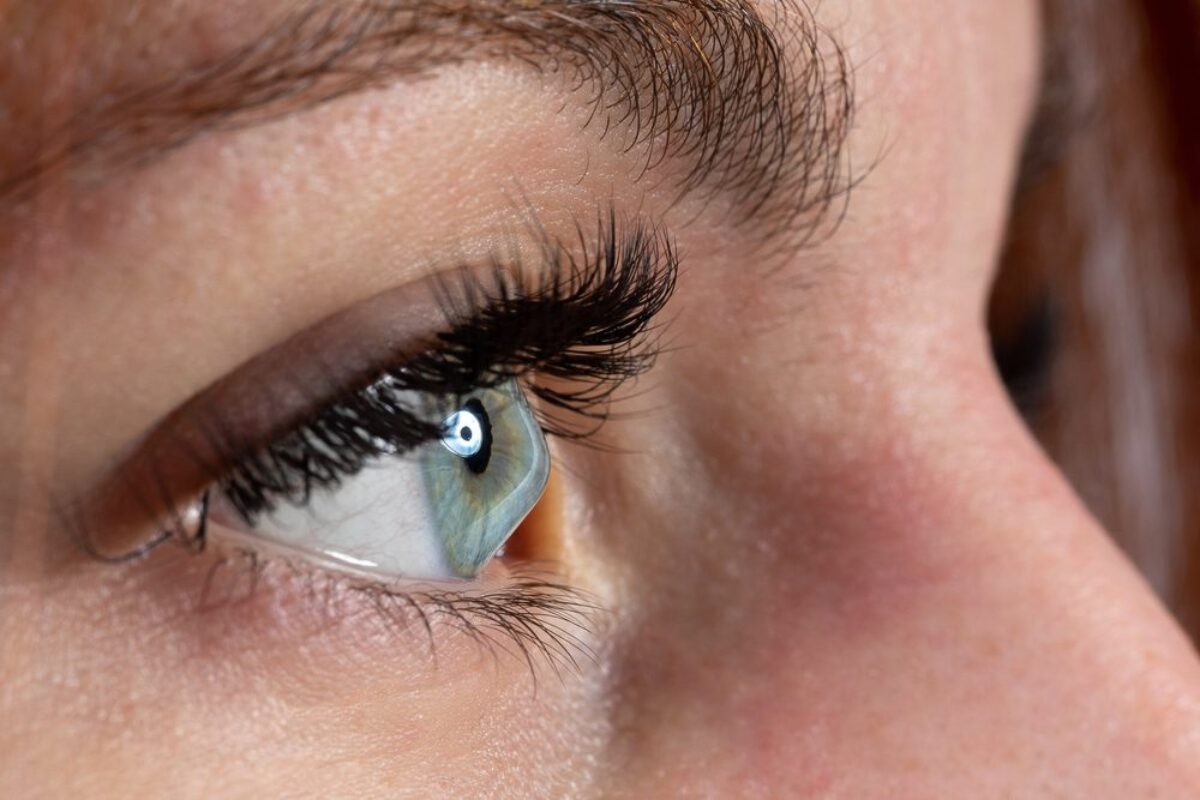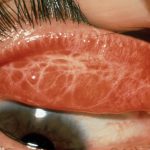

What is keratoconus?
Keratoconus is an eye condition affecting the cornea, which is the transparent surface of the eye. Keratoconus occurs when the cornea slowly changes shape. While the cornea is normally shaped like a dome, with keratoconus it thins and becomes shaped like a cone. This affects the way the eyes focus light and can distort vision.
Keratoconus usually develops in younger people between about 16 and 30 and progresses until about the age of 40. It usually affects both eyes, though one eye may be worse than the other. If you notice any eye symptoms or changes to your eyesight, you should see your optometrist or doctor.
What are the symptoms of keratoconus?
If you have keratoconus, you might experience:
- blurred or distorted vision
- increased sensitivity to glare and light
- difficulty seeing distant objects clearly
- halos and flaring around light that make it difficult to drive at night
- needing to frequently change the prescription for your glasses or contact lenses
What causes keratoconus?
The cause of keratoconus is unknown. However, things that may increase the chance of developing keratoconus include:
- rubbing your eyes vigorously
- having someone in the family who has keratoconus
- having allergic conditions, such as asthma and eczema
How is keratoconus diagnosed?
If your vision changes at all, you should see your optometrist or your doctor, who might refer you to an eye specialist (ophthalmologist). You will need eye tests to check your vision and to examine your cornea.
How is keratoconus treated?
Eyeglasses or soft contact lenses can be used to treat keratoconus in the early stages. If the condition progresses, you may need hard contact lenses or other special lenses to help stabilise the shape of your cornea.
People with very advanced keratoconus might need surgery. This may involve placing tiny inserts into the cornea to correct its shape and improve eyesight. In very serious cases, a cornea transplant might help.
Corneal collagen cross-linking can stop or slow down worsening of keratoconus. It involves putting vitamin B2 eye drops into the cornea followed by treatment with ultraviolet A light to strengthen the cornea. This treatment won’t suit everybody. There are risks involved and it’s only for people whose condition is getting worse. Medicare now covers some of the cost of cross-linking for people with keratoconus.



